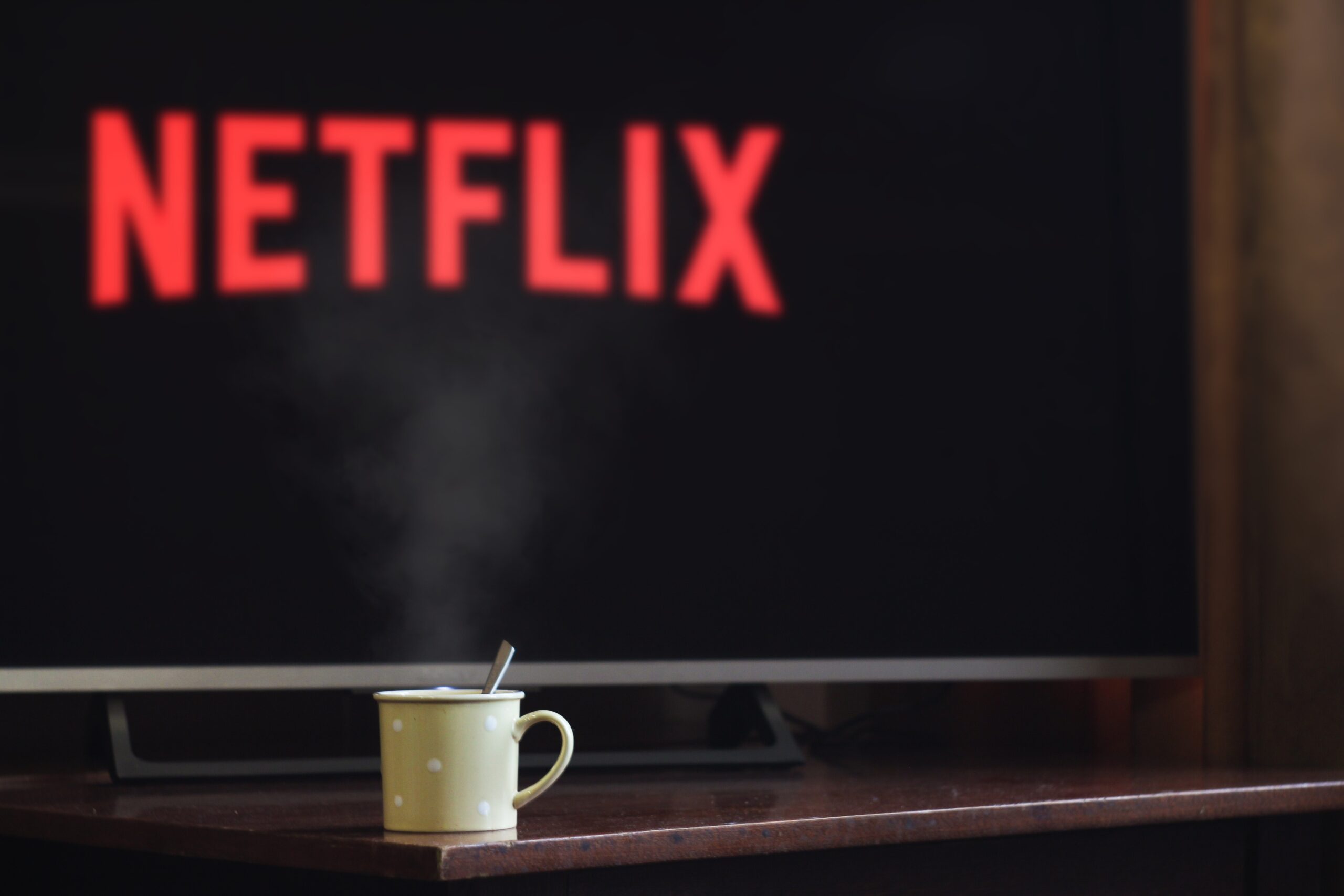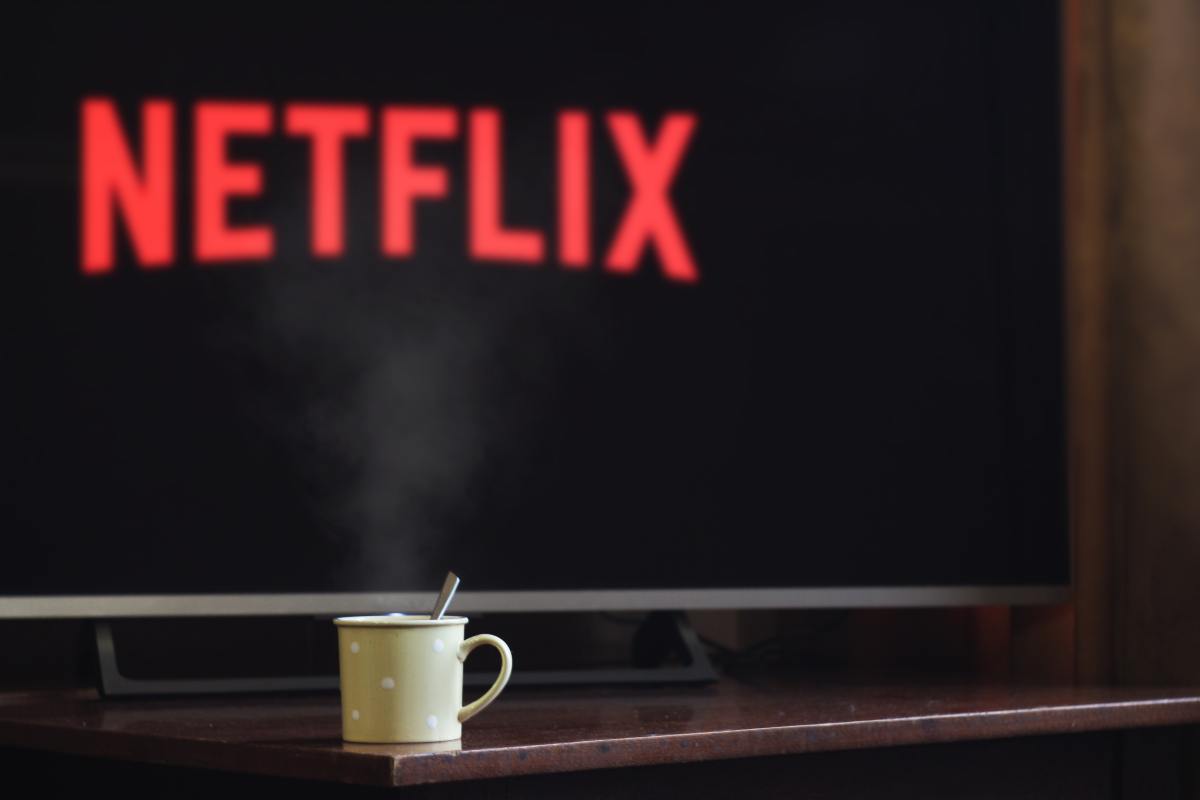Inclusion Is Strongest in Genre and Streaming Television, According to Nielsen
But there is still a long way to go across the board


Reporting on representation and inclusion on television is always a good news/bad news sort of thing, because, yes, diversity on screen is increasing and that’s good, but things are still not good enough and in general not in line with, you know, actual reality. That’s the big takeaway from Nielsen’s latest Diverse Representation and Inclusion on TV Report, which breaks down the numbers of diversity and inclusion across the 300 most-viewed television shows.
“While TV content today looks and feels more diverse than ever, there are still many opportunities for media to better reflect the society we live in,” the report authors write. The report looks at what percentage different groups take up on screen, in terms of their “share of the screen” and also compares it to their share of the actual population of the US. I’ll say here that this gets very tricky because in terms of LGBTQ population the report assumes only 4.5% of the US population as LGBTQ, which seems low to me. But I’m gay and surround myself with queer people so maybe my view is skewed. Still, I think that LGBTQIA+ identity is still under-reported and underestimated.
The report breaks the share of screen and parity (whether the share of the screen matches reality) down by broadcast, streaming, and cable. It should shock no one that “across all platforms, the highest visibility groups are White non-Hispanics followed by Men” and they were far beyond parity.
The big contrast in the report is between cable and streaming (what that report called Streaming Video On Demand or SVOD).
While cable has a good share of LGBT representation, it lacks in other ways, especially intersectional representation. “Nearly one-third of the content on cable doesn’t have parity representation of people of color, Women or LGBTQ talent.” That’s not good, and the fact that SVOD does a better job here is telling as to why people demand it.
This report covers ALL television, across the 300 most-viewed shows. And so the type of television makes a big difference for how inclusive it is. The good news for us nerds is that representation tended to be better in the genres we enjoy. “While women are not well represented in any single genre, we see the most representation in Science Fiction, Drama, Comedies and Horror, and the lowest representation in News.”
The report does commend News for prominently featuring LGBTQ talent, along with Reality and Horror programming. “Representation of people of color is fair in Music and Drama, followed by Science Fiction and Action and Adventure. The category with the least representation is also News.” So again, we see how in some ways a network or genre or platform can do very well, and fail in others.
The report goes further into the quality of representation—because it’s not just who we see on screen but how we see them that matters. When it comes to representation in that sense, there’s a lot of work to be done because even in cases where we see diverse people on screen, their portrayal may not always be positive. The report goes deep into this and also discusses how with different groups, men, women, and gender-nonconforming people are represented differently and at different levels.
The overall message here is that the television industry as a whole is making strides, but it has a long way to go, especially for women and intersectional identities.
(via: i09, image: Pexels)
Want more stories like this? Become a subscriber and support the site!
—The Mary Sue has a strict comment policy that forbids, but is not limited to, personal insults toward anyone, hate speech, and trolling.—
Have a tip we should know? [email protected]
